Rugged, lightweight and easy to hold, the M310 has a Touch and Test user interface that makes it easy for experts and novices to test and document fiber networks accurately and quickly. TruEvent technology enables M310 to provide superior event analysis capability for user to verify and troubleshoot even the most complex fiber network. LinkMap visualizes test results for easy and quick interpretation. With dynamic range up to 38 dB, and 16 hour battery run time, M310 provides complete Tier 1 insertion loss and Tier 2 OTDR testing. Using pre-set Industry ISO/TIA standards or user set Pass/Fail thresholds, technicians are alerted to installation problems and failures in easy-to-interpret event table. Pass/Fail event table and trace are displayed on the same screen for easy correlation.
M310 Enterprise OTDR
Description
LinkMap™
LinkMap with Pass/Fail simplifies network troubleshooting and enables even novice users to easily and accurately troubleshoot optical networks. LinkMap presents an icon-based view of the tested network clearly identifying fiber start, end, connectors, splices and macro-bends. A LinkMap Summary provides endto-end link length, loss, loss per distance and ORL. Loss and reflectance of detected events is compared to industry-standard or user-settable pass/fail thresholds and displayed with clear pass/fail indications. Users can easily toggle between LinkMap, Trace view, and Event Table.
TruEvent™
The M310’s TruEvent technology is the result of extensive research into the properties of fiber optic cable events and provides a new level of event detection accuracy and reliability in field test equipment. Taking full advantage of the unit’s short dead zone and adding improved event accuracy, this is the best performing OTDR for enterprise and data center applications. With the push of a single button, users can be confident of obtaining accurate locations and measurements of all events, without the confusing introduction of false events.
Advanced Analysis (AA)
The AA option adds macro/microbend detection and bi-directional trace analysis to the M310 OTDR.
- Macro/Microbend
Macro/Microbend detection helps technicians identify installation problems. Excessive bends or stress on fibers appear as increased attenuation at higher wavelengths. These bends or
stresses are indicated on the Event Table with a special icon. - Bi-directional Trace Analysis
Bi-directional trace analysis, used to resolve splice loss measurement errors due to fiber mismatch, takes the measurement of the loss in both directions, then calculates a two-way average to provide a more accurate loss measurement.
Testing and Inspection
The M310 is easy to use (Touch and Test®) and comes standard with an integrated source, power meter, visual fault locator, and inspection capability. No surprise ‘add-on’ charges for these commonly needed support functions.
- Wave ID Source and Power Meter
Enables multi-wavelength insertion loss testing with automatic wavelength synchronization, reducing test time and eliminating setup errors. - Source with Tone Generation
Use with Optical Fiber Identifier to reliably distinguish in-service fibers from out-of-service fibers carrying test tone. - Visual Fault Locator
Visibly locate far-end of specific fiber; precisely pinpoint macrobends or breaks in splice enclosures and cabinets.
Data storage and reporting
Thousands of test results may be stored internally or on the supplied USB drive. Test results are transferable, via USB cable or USB drive, to a computer for viewing, printing, and analyzing
with the supplied Windows® compatible TRM® 2.0 Basic Analysis and Documentation Software (Test Results Manager). The supplied TRM® 2.0 Basic is licensed for installation on up to 5
PCs. With the Advanced Analysis standard feature, customer will also receive one copy of TRM 2.0 Advanced.
Product Specifications
| OTDR | MULTIMODE | SINGLE-MODE |
|---|---|---|
| Emitter Type | Laser | |
| Safety Class | Class I FDA 21 CFR 1040.10 and 1040.11; IEC 60825-1:2007-03 | |
| Center Wavelengths | 850/1300 nm | 1310/1550 nm |
| Wavelength Tolerance | ±20/±30 nm | ±20/±30 nm |
| Launch Condition | Controlled Launch at 850 nm | N/A |
| Live Fiber Detection | Yes | Yes |
| Dynamic Range | 30/30 dB | 30/37 dB |
| Event Dead Zone | 0.8 m | 0.8 m |
| Attenuation Dead Zone | 2.5/2.7 m | 3.0 m |
| Pulse Widths | 5, 10, 30, 100, 300 ns, 1 μs | 5, 10, 30, 100, 300 ns, 1, 3, 10 μs, 20 μs |
| Range Settings | 250 m to 30 km | 250 m to 240 km |
| Sampling Points | Up to 120,000 | Up to 120,000 |
| Minimum Data Point Spacing | 3 cm | 3 cm |
| Group Index of Refraction (GIR) | 1.4000 to 1.6000 | 1.4000 to 1.6000 |
| Distance Uncertainty/Accuracy | ±(1 +0.005 % x distance + data point spacing) | ±(1 +0.005 % x distance + data point spacing) |
| Linearity | ±0.05 dB/dB | ±0.05 dB/dB |
| Loss Threshold | 0.02 dB | 0.02 dB |
| Loss Resolution | 0.01 dB | 0.01 dB |
| Reflectance Range | 850 nm: -14 to -58 dB (typical) 1300 nm: -14 to -63 dB (typical) |
1310 nm -14 to -65 dB (typical) 1550 nm -14 to -65 dB (typical) |
| Reflectance Resolution | 0.01 dB | 0.01 dB |
| Reflectance Accuracy | ±2 dB | ±2 dB |
| Real Time Refresh Rate | >2 Hz | >2 Hz |
| Units | m, km, ft, kft, mi | |
| OTDR Modes | Full Auto, Expert, Real-Time | |
| Trace File Format | Bellcore GR-196 Version 1.1, Telcordia SR -4731 Issue 2 | |
| Trace File Storage Medium | Internal and USB | |
| Trace File Storage Capacity | >1000 internal, 1000s on USB | |
| Trace File Transfer to PC | USB | |
Features
- Industry leading TruEvent™ analysis
- LinkMap™ for easy results interpretation
- Short dead zones provide precise testing of closely spaced events
- Front Panel and First Connector Check
- Live fiber detection
- Inspection ready with DFS1 Digital FiberScope
- Integrated Source, Power Meter and VFL
Applications
- Test, troubleshoot and document networks with closely spaced events
- Tier 1 and Tier 2 testing and certification of SM and MM networks
- Enterprise network, Data Center, LAN/WAN
- Document and create standards compliant acceptance reports with TRM™ 2.0, companion PC software
- Test and troubleshoot networks up to 250 km
- Test and certify campus & central office networks, and Distributed Antenna Systems (DAS) fiber infrastructure
- Inspect fiber end-faces using DFS1 Digital FiberScope

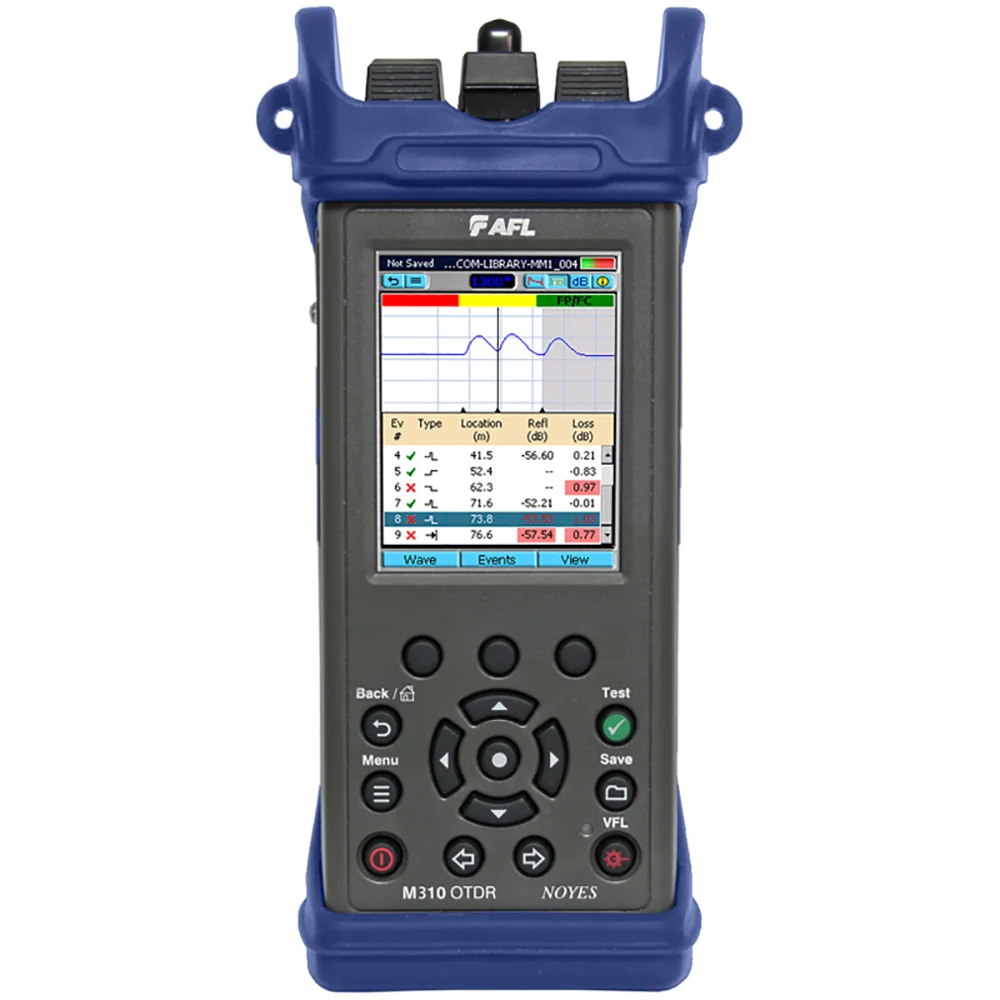
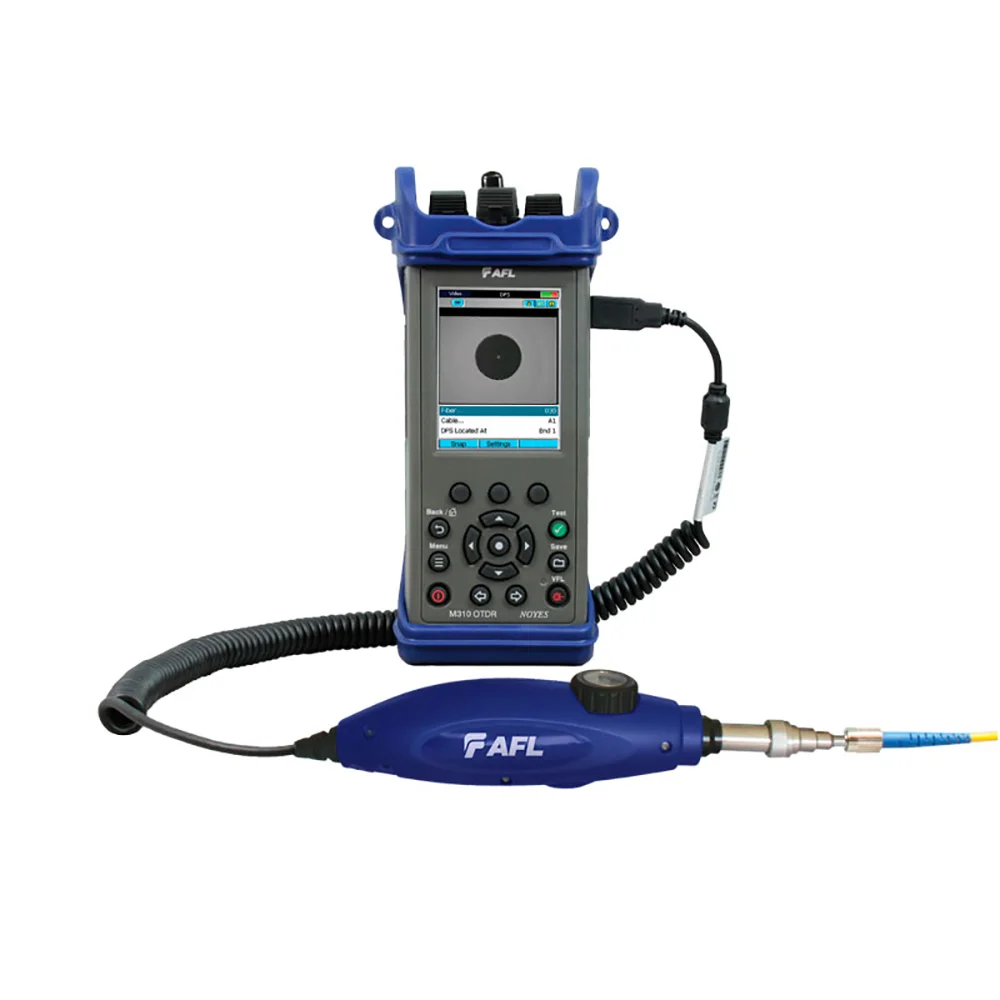
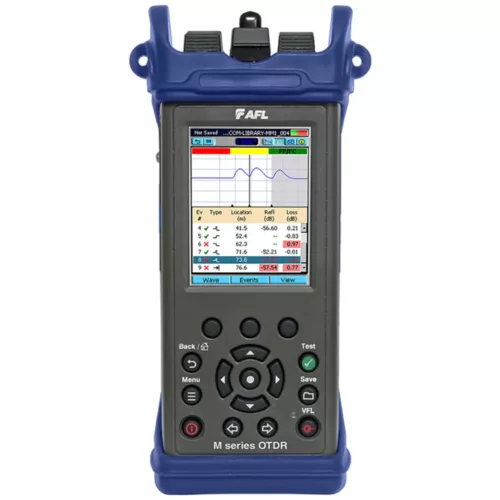
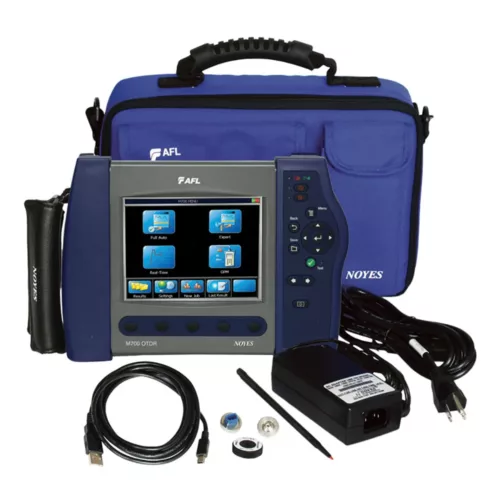
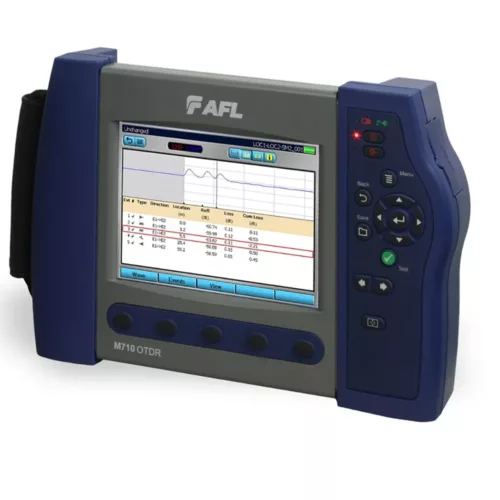
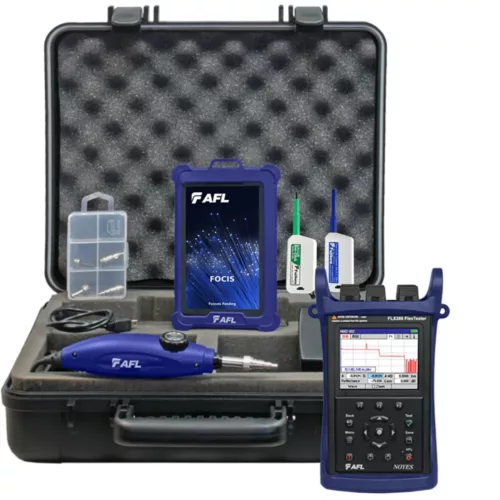
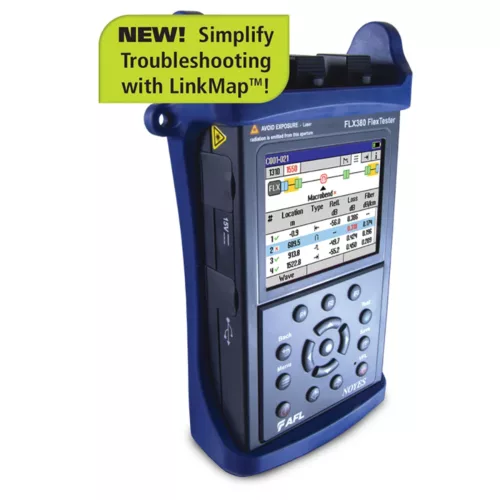
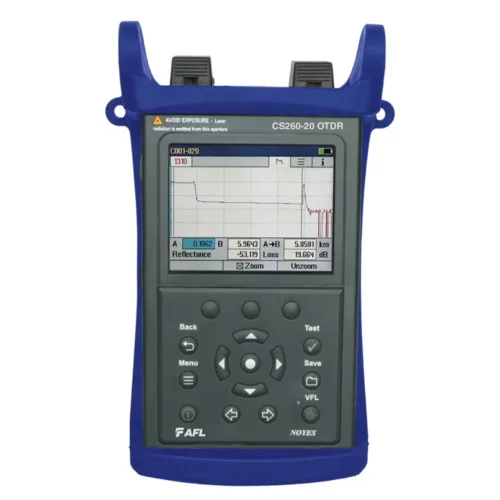
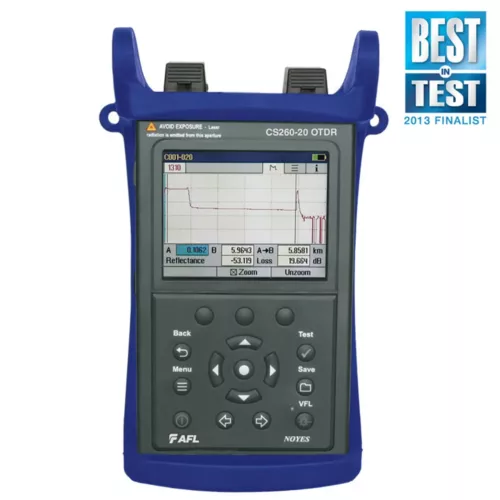

 Request Call Back
Request Call Back WhatsApp us
WhatsApp us